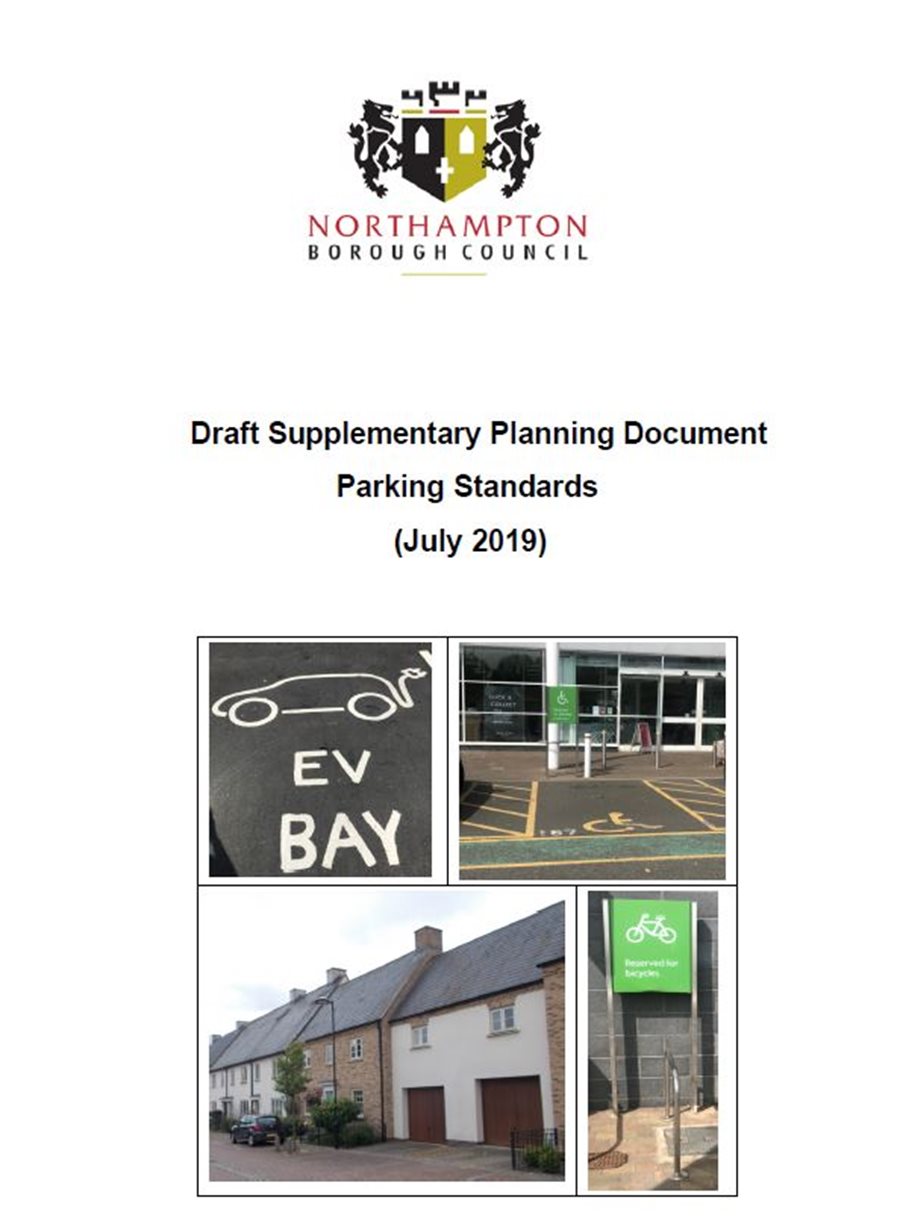The size of car parking spaces continues to increase across many authorities leaving the once standard 2.4m x 4.8m almost a distant memory. Northampton Borough Council (NBC) are another council to follow the trend in their draft parking standards dated July 2019. NBC’s draft standards state that parking spaces for new developments should measure 2.5m x 5m, but this isn’t the only change that has been seen.
The draft standards also attempt to reduce the number of tandem parking spaces proposed within new developments. The standards state that ‘tandem parking spaces can be highly inconvenient for residents and should be avoided’. Where tandem parking spaces are proposed the draft guidance states that a supplementary parking space of 0.25 per plot is provided on-street in addition to the required visitor provision.
The adopted NBC’s standards are well known for their high requirement for visitor parking at one space per dwelling. The draft standards proposes that visitor parking should be provided at 0.25 spaces per unit, a reduction of 0.75 spaces per unit when compared to the adopted parking standards.
This guidance also provides clarity on the counting of garages as spaces. A single garage of suitable dimensions can only be counted as a single parking space if additional ancillary external storage is provided, such as a shed, while a double garage can only be counted as one space. In addition to the garage an additional 0.25 spaces for on street provision is required.
The draft standards if adopted will have a significant impact on the development of layouts within the borough. NBC’s draft standards can be reviewed here.

Thoughts from our Managing Director
“I appreciate that providing standards are not straight forward, but some areas are more sensitive than others based on varying criteria, namely depending on a sites accessibility and a balance has to be struck. I am not altogether convinced that making parking spaces larger is the right way to go for all developments. For example, the size of cars and car demand at retirement living and extra care sectors differs from standard residential units. A one size fits all approach cannot and should not fit all in regard to parking.”
Paul Basham
